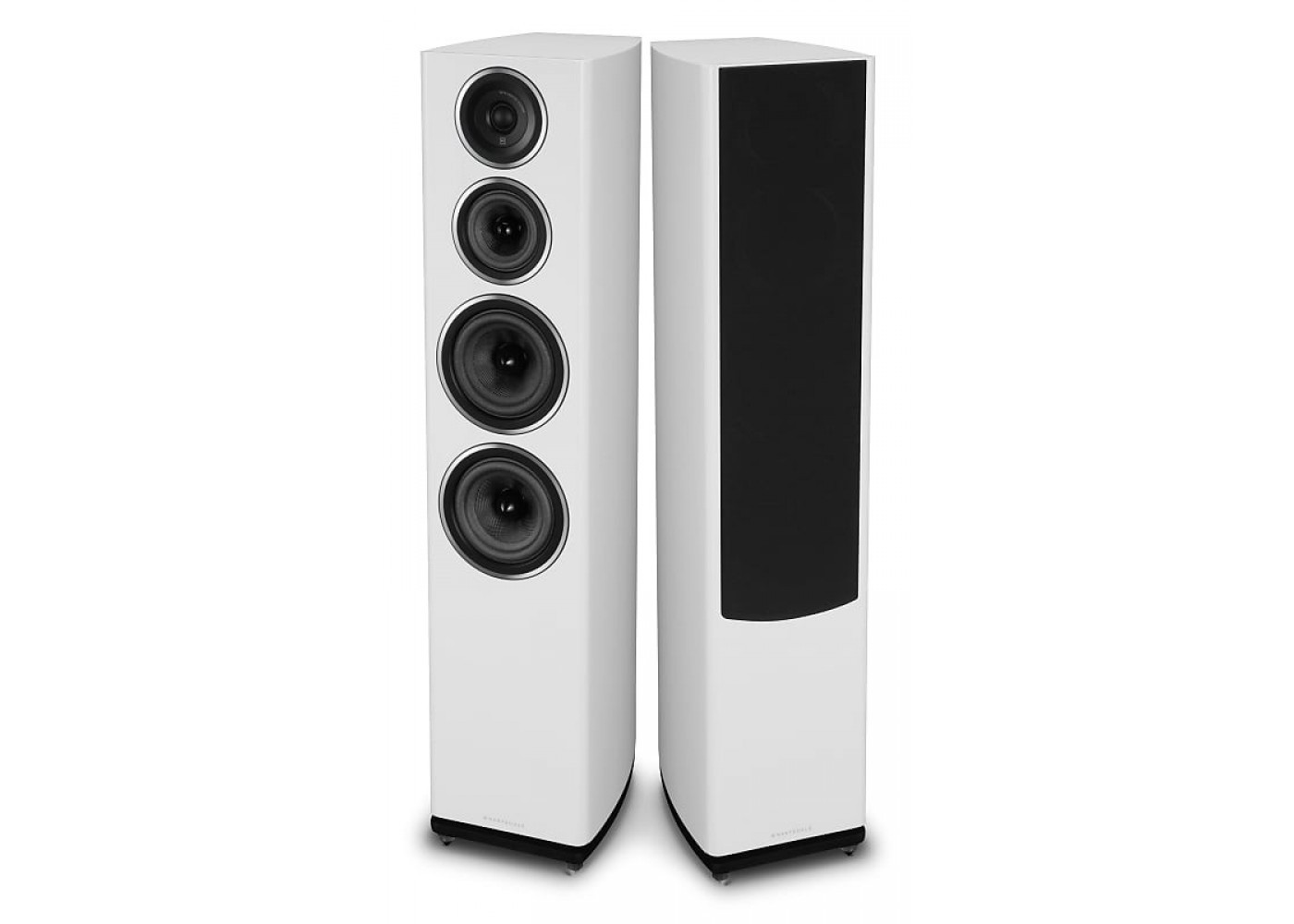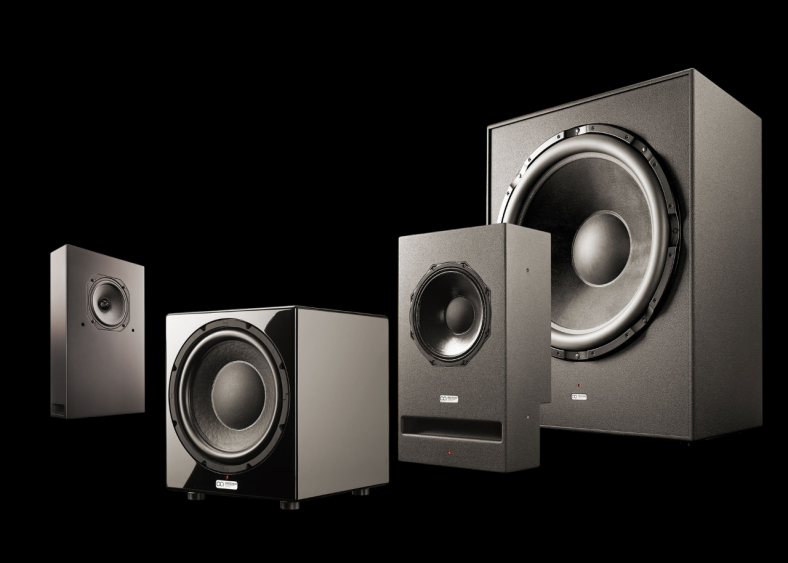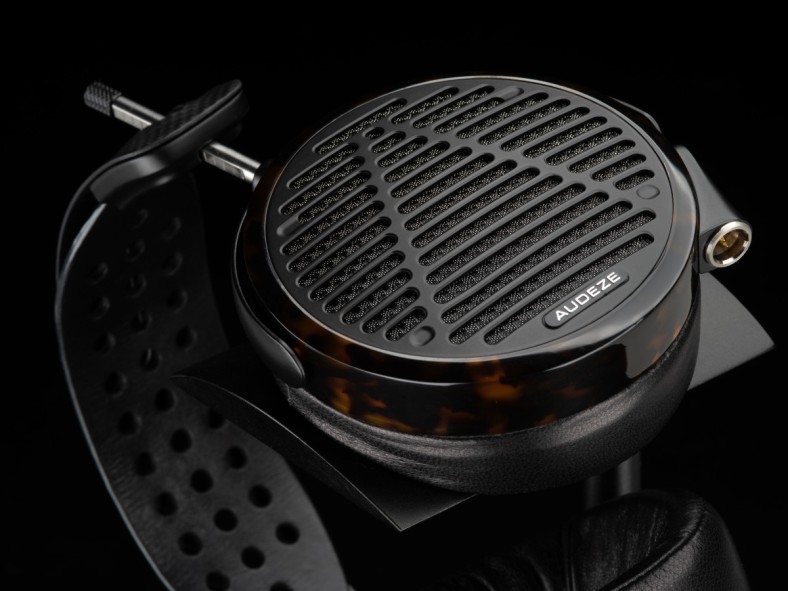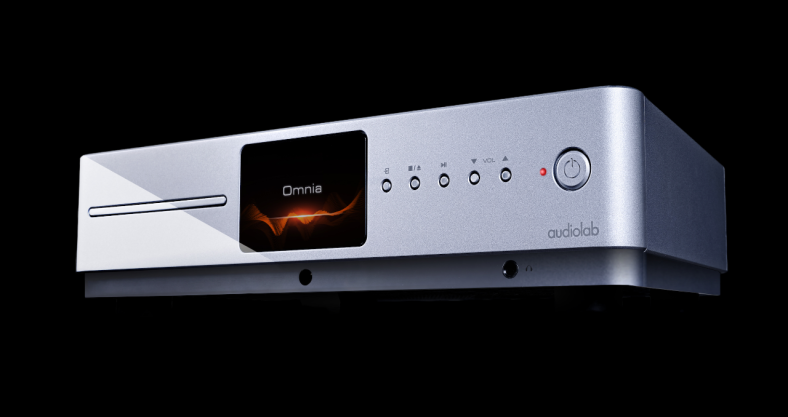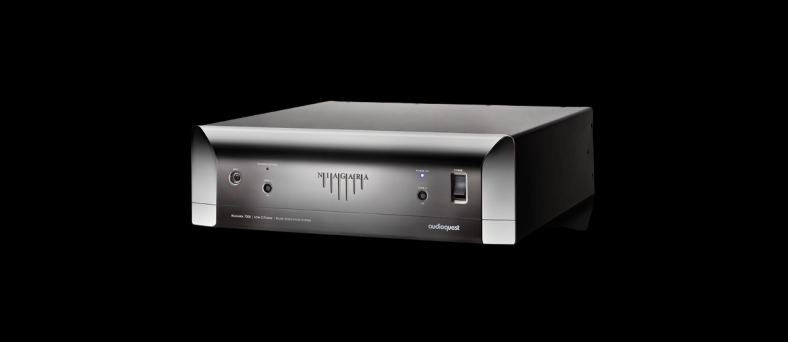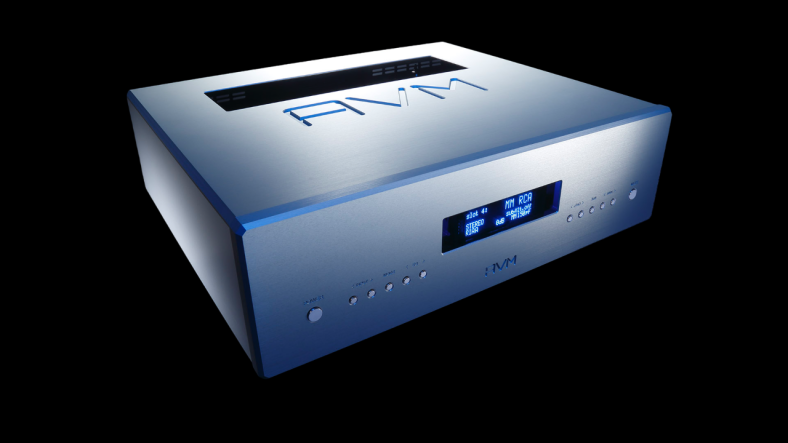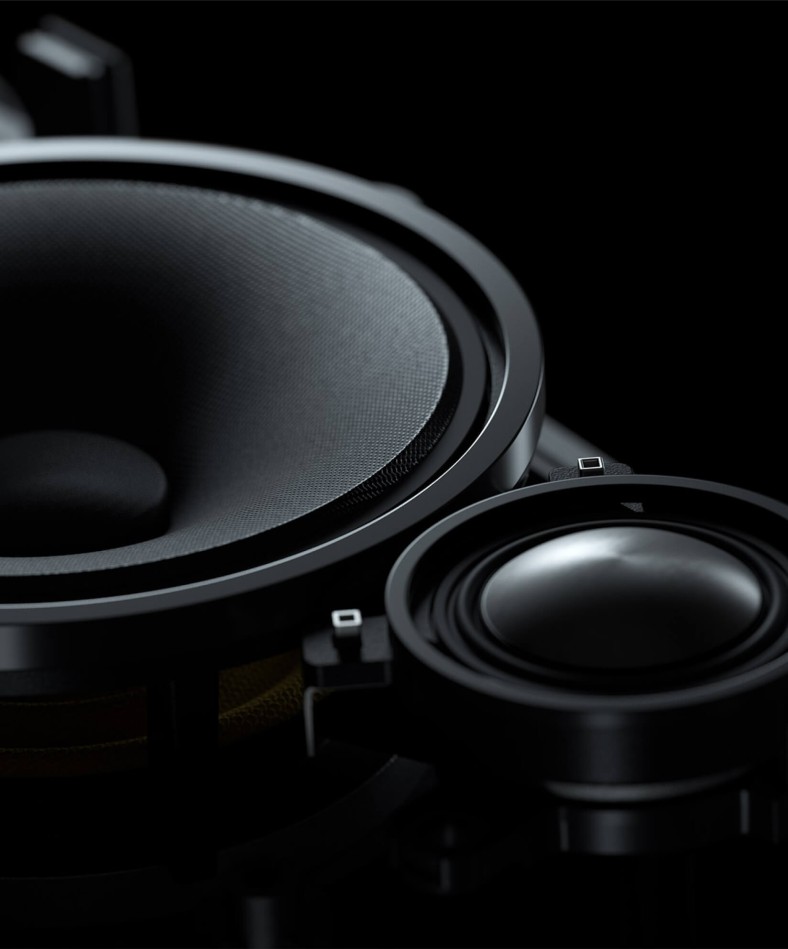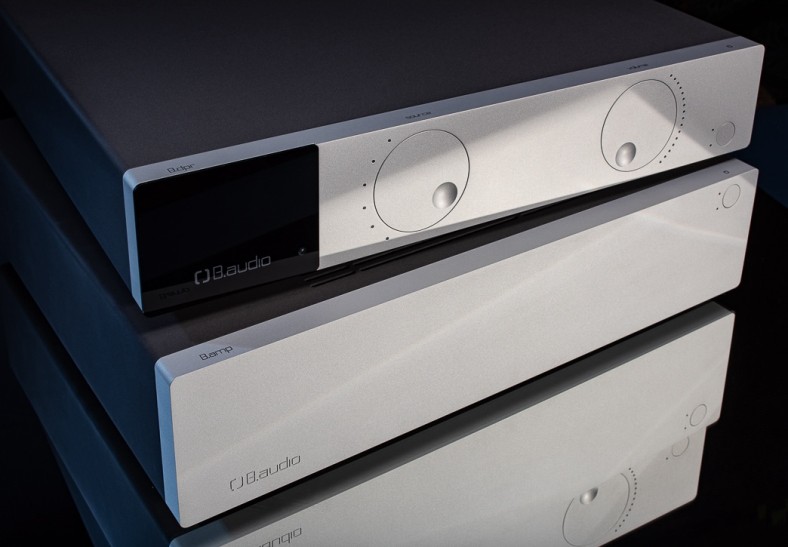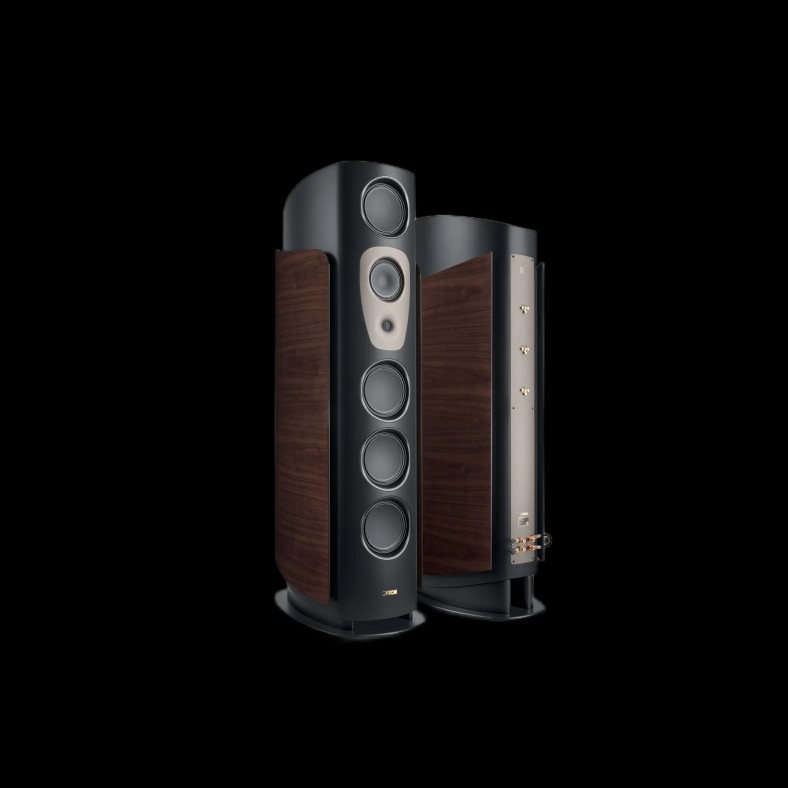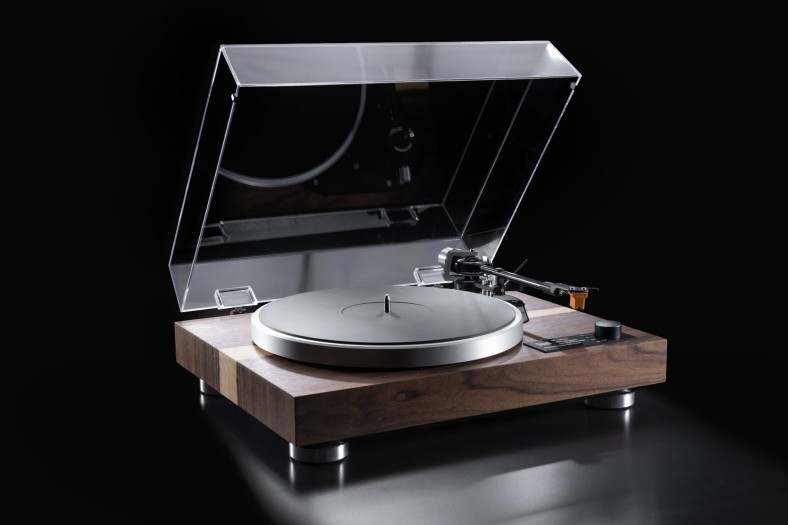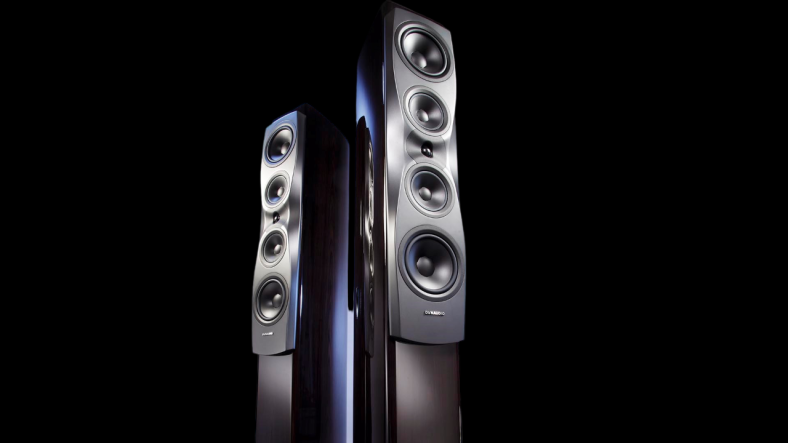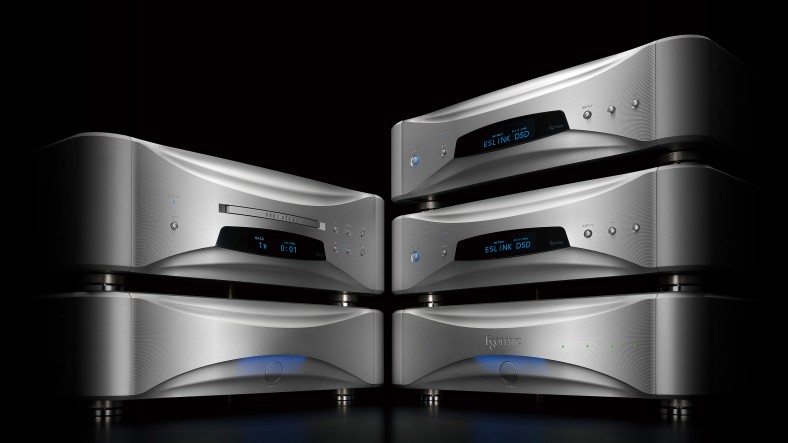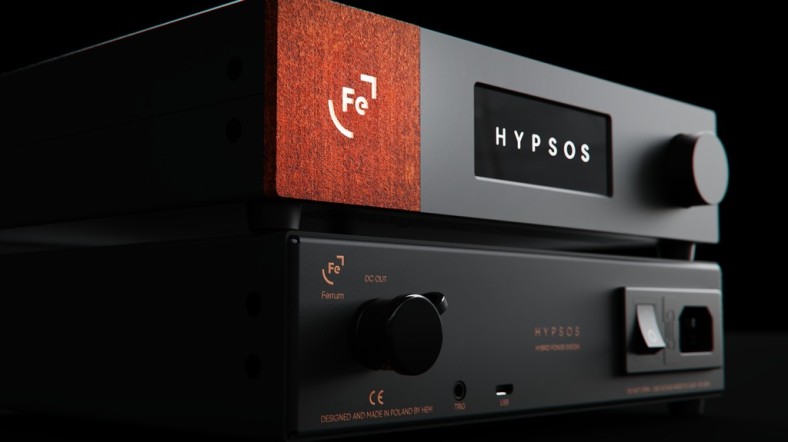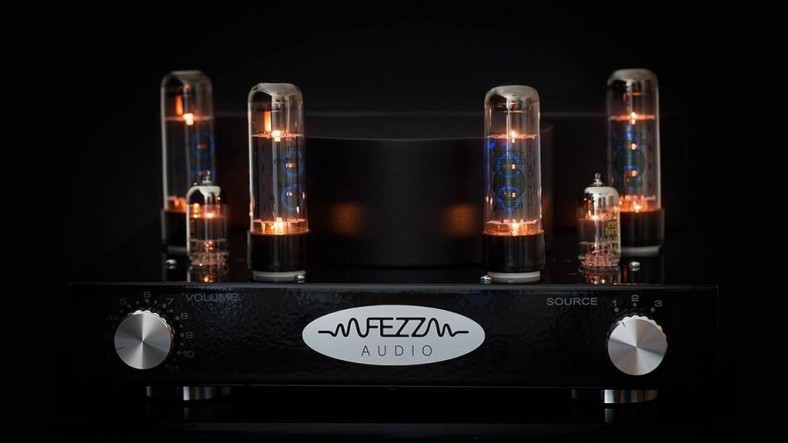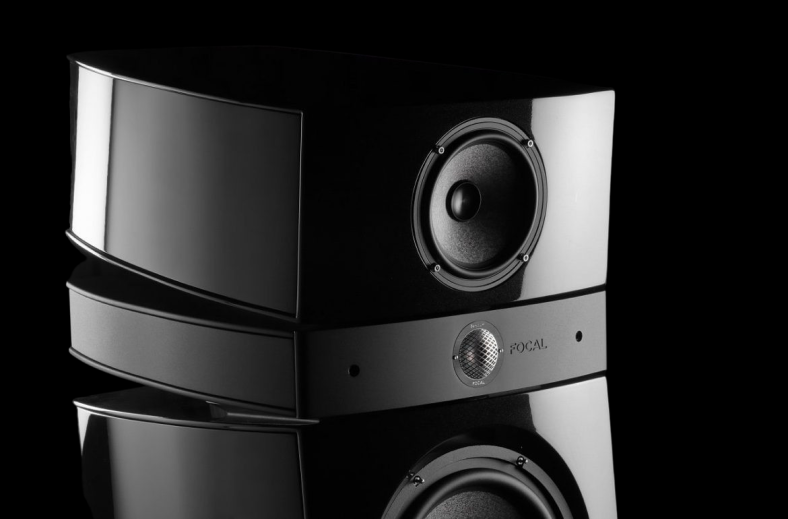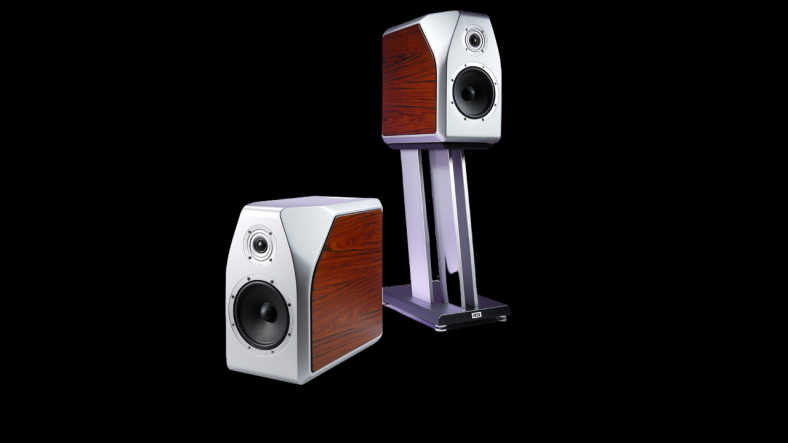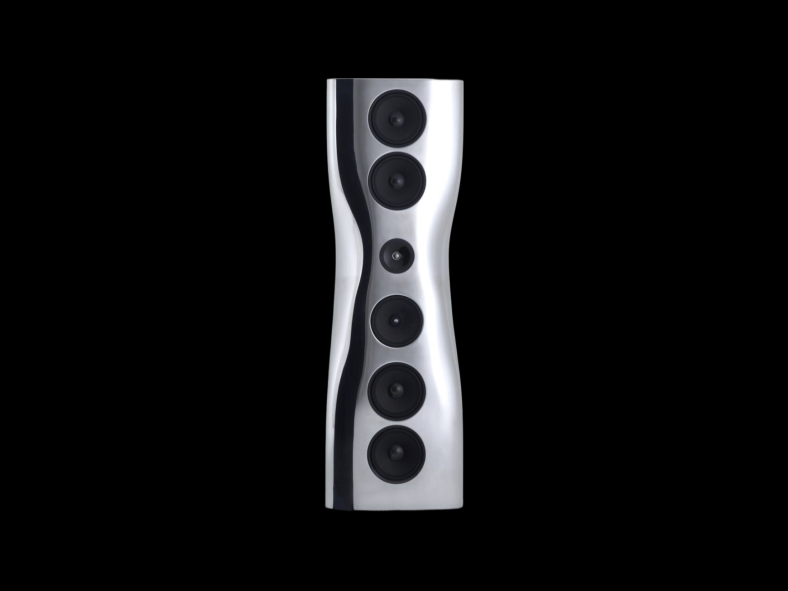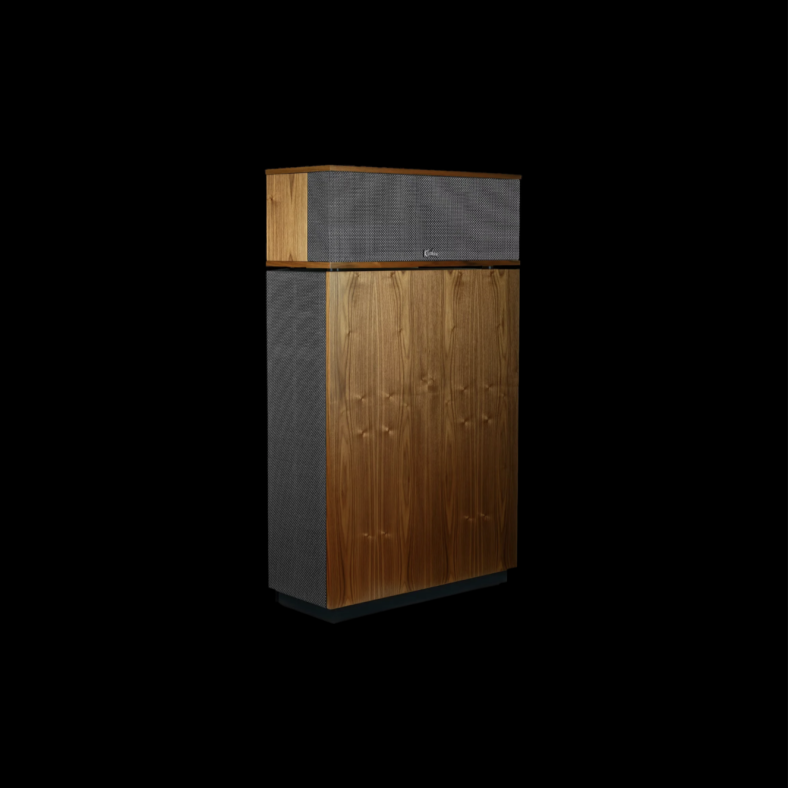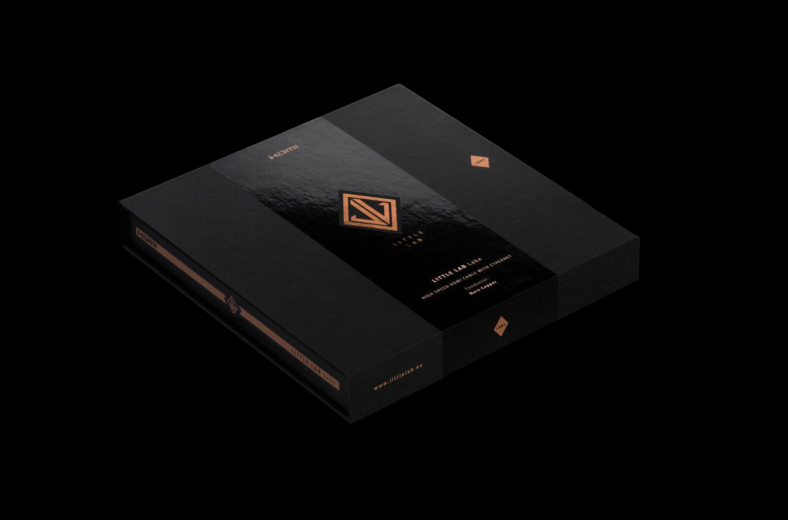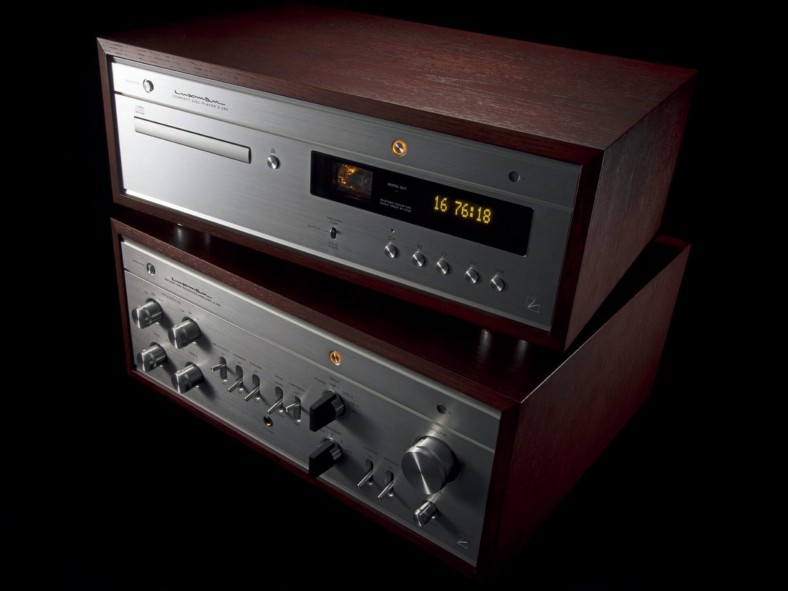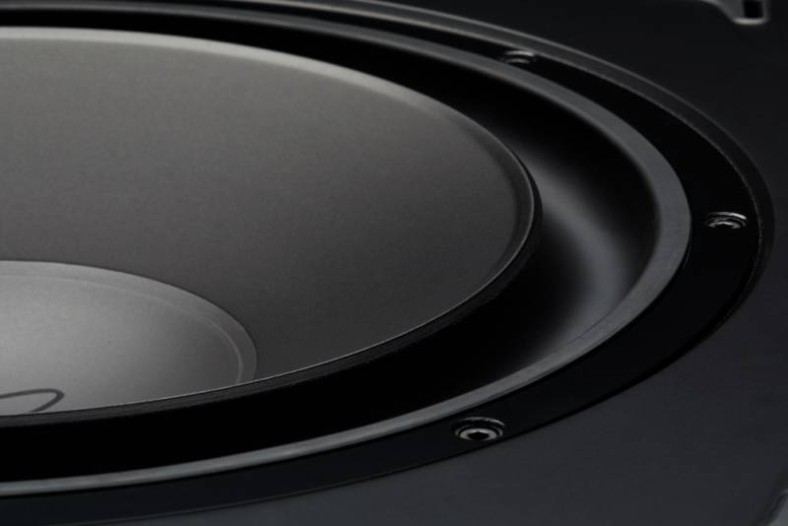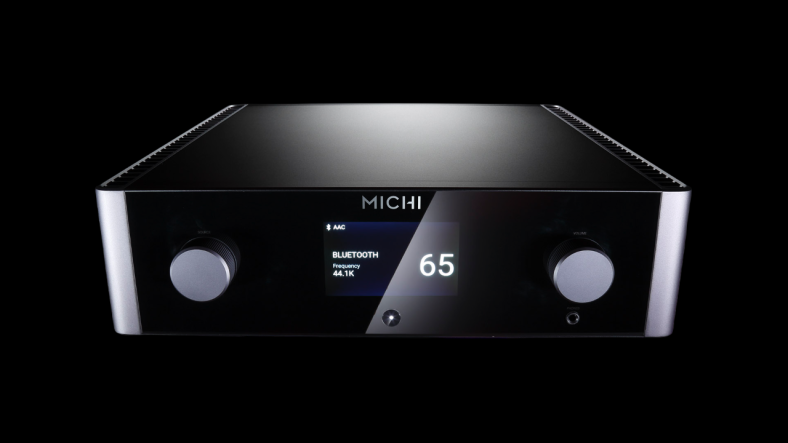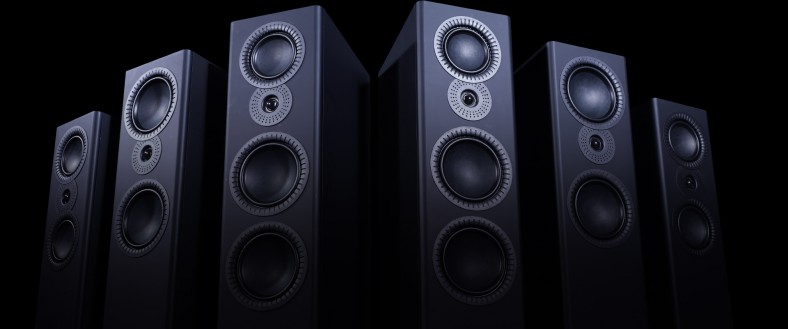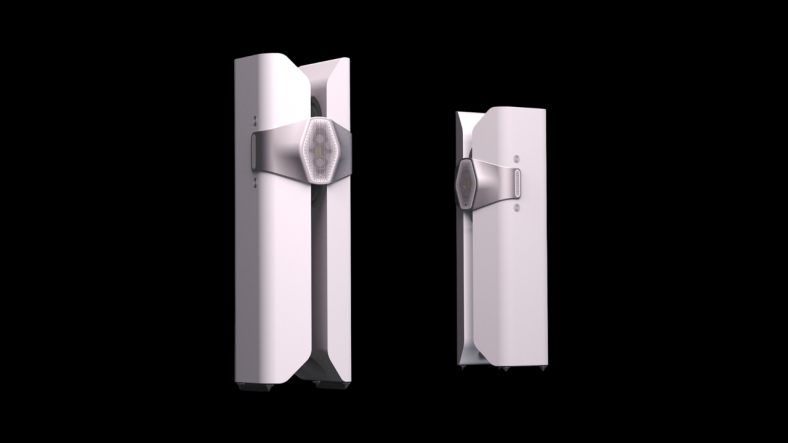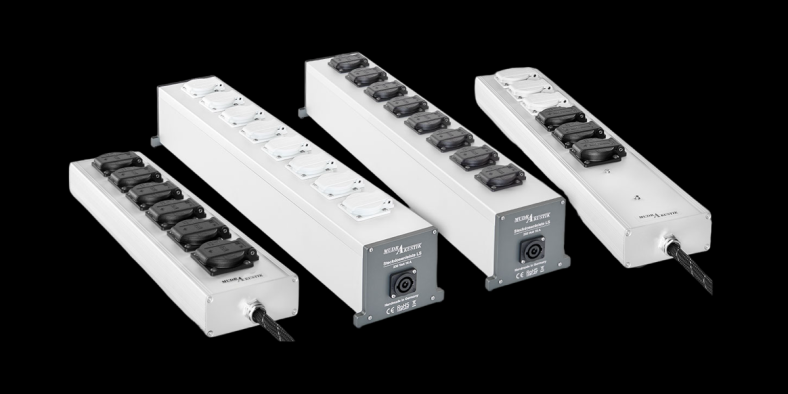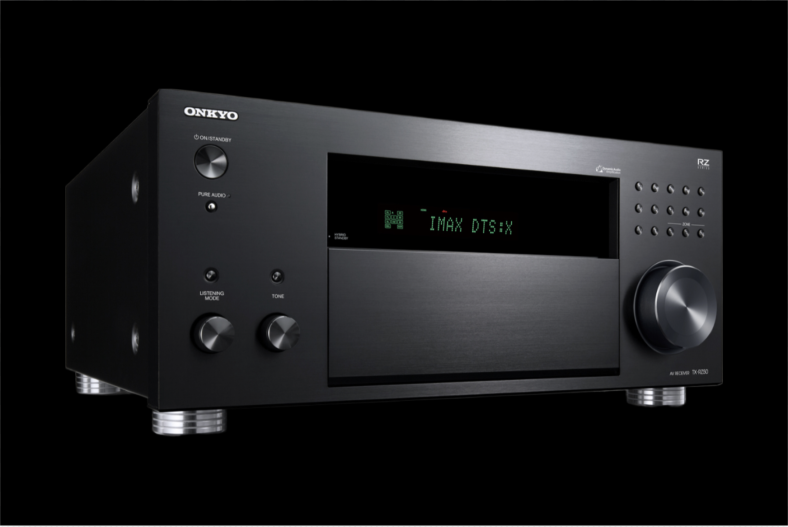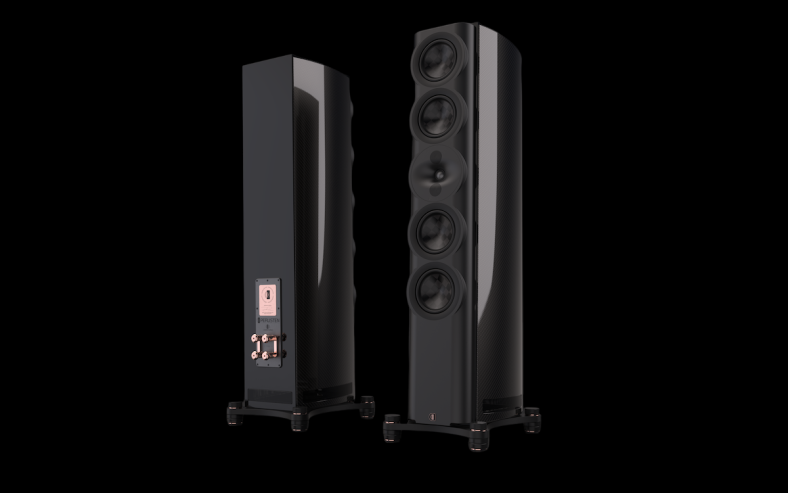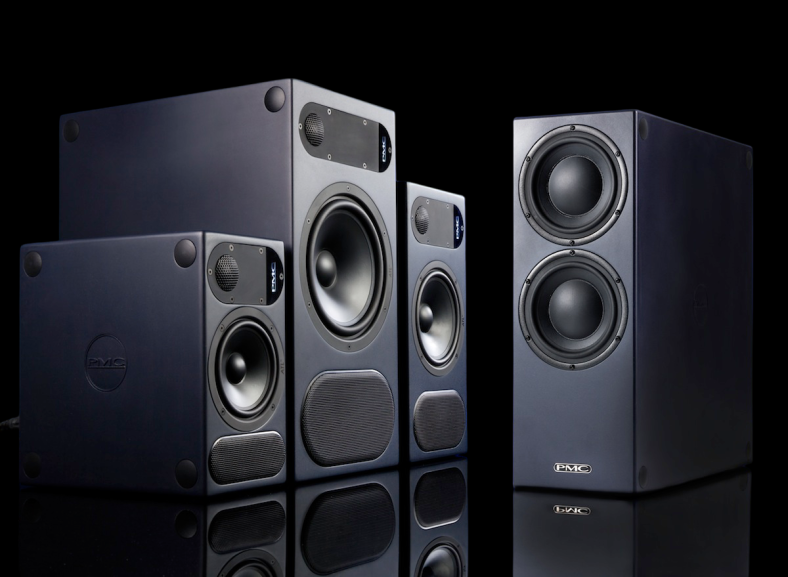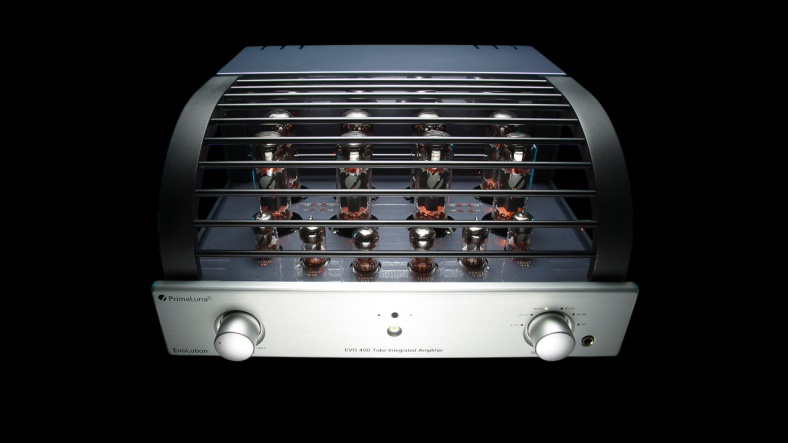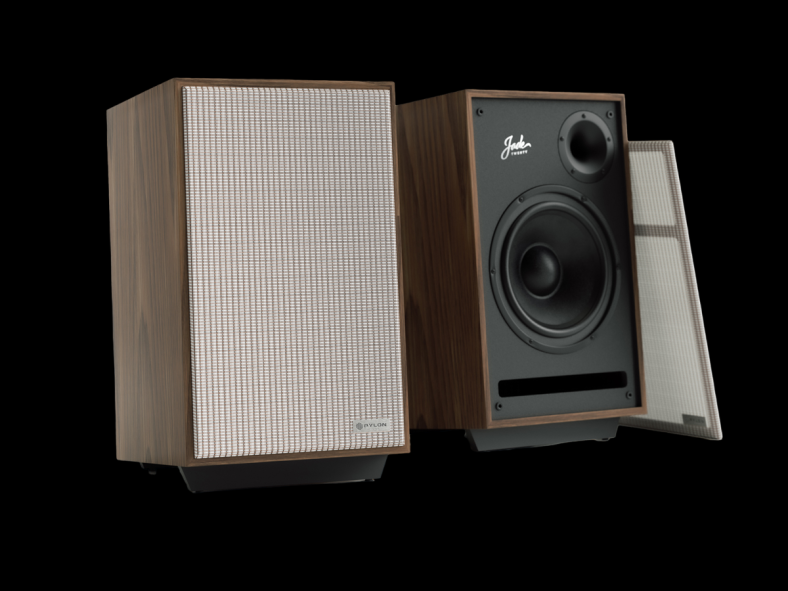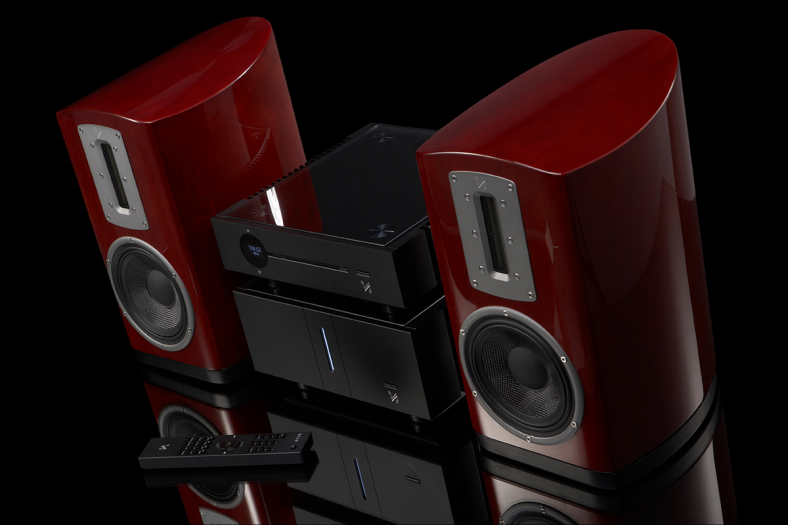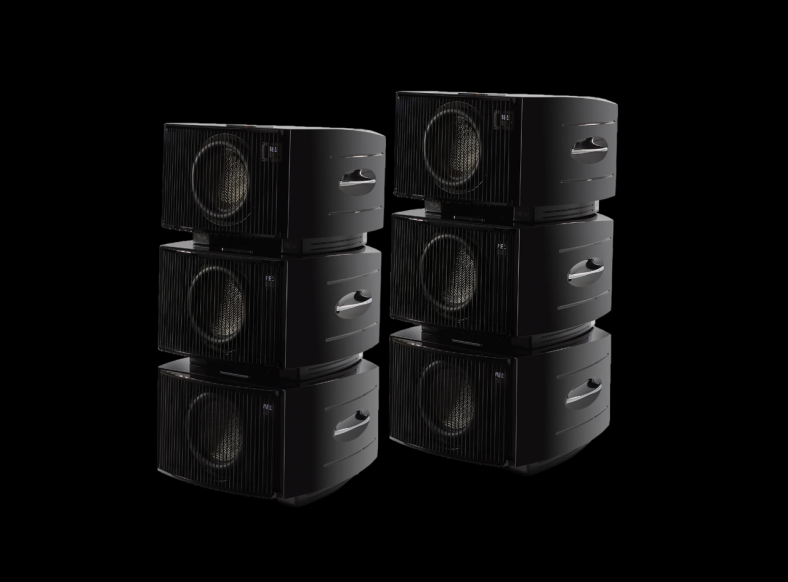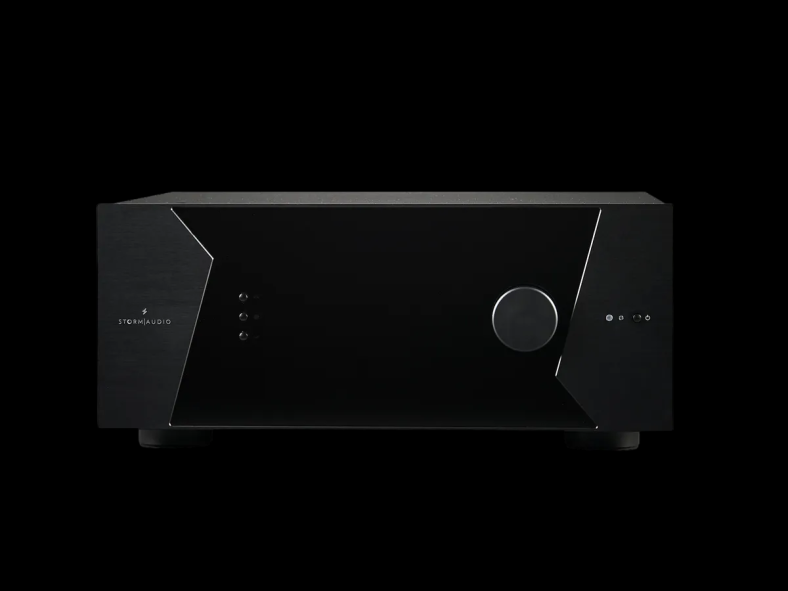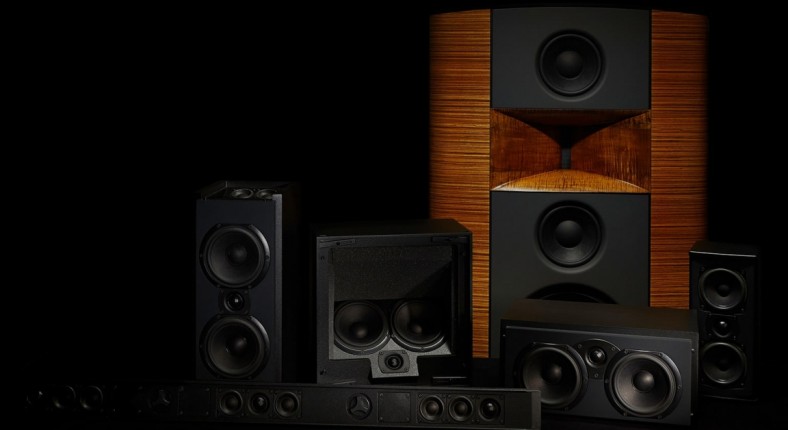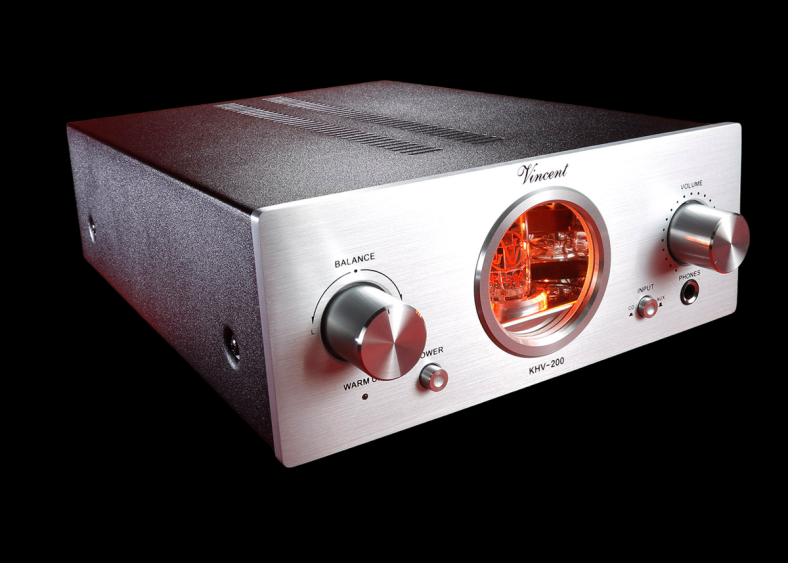In 1932, Gilbert Briggs built his very first loudspeaker in the basement of his home in Ilkley, Yorkshire. This quiet little market town was located in the valley of the River Wharfe - an area known to this day as Wharfedale. From this unlikely place was born a brand that was to become recognized throughout the world and become synonymous with quality in precision reproduction.
Gilbert Briggs is still admired and respected around the world for his pioneering work in the field of hi-fi reproduction and his endless pursuit of better sound quality, driven by his love of live music.
Key stages in Wharfedale's history:
1933
Gilbert opened a small factory near Bradford to produce his new speakers. Radio was an exciting technology, and word of new converters quickly spread throughout the area. Demand grew quickly. Originally a true spirit of the cottage industry, his wife Doris Edna Briggs worked in the production department, spending many nights soldering wires and winding coils.
That same year he took part in the Bradford Radio Society's annual competition and won first and second places, which brought the company its first major order. From this point on, the Wharfedale Wireless Works never looked back, going from strength to strength and producing up to 9,000 units a year until the outbreak of the Second World War.
1936-1944
Gilbert's company outgrew its small premises and moved to a larger factory, again in Bradford.
When the war began, the factory continued to operate. During the second half of the war, Wharfedale Wireless Works was commissioned to produce transformers for Marconi. Some 40,000 units were built by an expert team of just 20 people before the war finally came to an end.
1945
In America there was a trend towards ever better reproduction of music. Wharfedale was well positioned to meet the growing demand for quality sound and developed the first two-way speaker - the prototype of modern speakers. The device would look strange by today's standards with a 10-inch tweeter and crossover that two grown men lifted, but it set the standard for the entire industry.
1948
Briggs published his first book, Loudspeakers: The Why and How of Good Reproduction. It was little more than a pamphlet, but it resonated on both sides of the Atlantic.
The first printing was so well received that it sold out within 5 months and was subsequently reprinted several times.
He wrote many other books, including a sequel to Loudspeakers called Sound Reproduction. Mr. Briggs took great pleasure in the correspondence which his books generated. He himself calculated that during the thirteen years he wrote, about 10,000 letters were written.
50s
Gilbert began an ambitious collaboration with close friend and colleague, Peter Walker of Quad - Quad supplied the amplifiers and Wharfedale the speakers.
They embarked on what was to become an industry-defining series of concerts that invited the public to hear live and recorded music. Many visitors could not tell the difference.
Touring throughout the UK and the USA, events were held at such prestigious venues as the Royal Festival Hall (London) and Carnegie Hall (New York).
1958
Wharfedale Wireless Works was sold to the Rank Organization. This was a controversial move at the time, but it led to rapid development and expansion of the brand into areas such as electronics. Gilbert Briggs, then 68, continued to manage the company's day-to-day operations. until his well-deserved retirement in 1965.
60s
The company entered the electronics industry, launching a number of tuners, amplifiers, and even vinyl record players. Growth was rapid as the quality and style of these devices appealed greatly to the newly liberated youth market.
1962
The first four years of the Rank era saw two major breakthroughs. Wharfedale pioneered the use of the now famous 'rolled surround' on cones and produced their first ceramic magnet loudspeakers.
Late 60s and early 70s
Throughout this era, fashion played an important role in hi-fi design. Teak vinyl and cutting-edge plastic were presented to an eager and enthusiastic audience. Enthusiasts began showing off their newly acquired systems. Design played an increasingly important role.
Demand for Wharfedale products continued to grow at an increasingly rapid rate, with the existing Bradford Road plant limiting growth.
In 1967 the decision was made to build a new, more efficient plant on a greenfield site in Highfield Road, Bradford, just over a mile away. It took about seven years to build the plant. At the time of completion it included more than 170,000 sq. ft. of manufacturing space with additional office space and large-scale research and development facilities.
Late 70s
After the frivolous psychedelia of the 1960s, the '70s saw a return to a more sober, traditional form of loudspeakers. The loudspeaker kits, which were once Wharfedale's best sellers, were reintroduced in the late 1970s under the name "Speakercraft".
This again opened up the market to hobbyists, and models such as the "Glendale" proved very popular among those for whom hi-fi was a deep and serious passion. Production growth continued unabated throughout the 70s with the introduction of classic speaker models - the "Linton" and the smaller "Denton".
Such was the popularity of Hi-Fi and the efficiency of the new plant that production reached 800,000 drive units.
Early 80s
Investments in modern equipment have led to the development of laser holography processes—scanning laser probe (SCALP) and frequency cutoff (FRESP) techniques—leading to a better understanding of the physics of speaker technology and further development in the industry.
These instruments introduced hi-fi to the study of materials science and proved their effectiveness as loudspeaker systems in the 1980s. Because the movement of the diaphragms could be analyzed more carefully, the company was able to develop materials that could more accurately meet the requirements of loudspeaker systems.
1981
Work began on a product that would change the face of the hi-fi industry forever. As a result of the research carried out for the high-end TSR102, the “Diamond” model was born. The rather unassuming little box took the industry by storm. The small cabinets and tough but lightweight polypropylene produced very fast and tight sound, while the compact and accurate two-way speakers produced fantastic stereo imaging. They quickly became bestsellers and the Diamond series became a permanent feature of the product range.
The company never rested on its laurels and within a year "Diamond II" was released.
Since then, Diamond's development has continued. Each subsequent generation of Diamond acoustics introduced new technology or material. The "Diamond" series is an introduction to serious hi-fi.
Early 90s
Wharfedale has reunited with some of its hi-fi brethren. After Rank decided to focus on film and leisure, Wharfedale was sold to Verity Group PLC.
Verity Group also owned Quad and Leak. The famous threesome were together again. Who would have thought that the relationship between the largest hi-fi companies of the time, which began with live and recorded concerts in 1955, would eventually become common property.
1994
A discovery was made that would change the hi-fi industry forever. The UK government agency's document has attracted the attention of several senior executives. The discussion was about noise reduction technology in UK military helicopters. It seems completely by accident that someone tried to use the equipment under test to see if it could play music - in this case, a hit by the popular singer Madonna - through the soundboard. The resulting sound quality stunned everyone. It seems they stumbled upon what would later become NXT technology.
1996
Verity Group has formed a new company - "New Transducers Ltd." or "NXT" - after the discovery of the processes that led to superior sound production has been studied, reverse engineering has been carried out, and the principles underlying the previous discovery have begun to be understood.
NXT has grown exponentially since its inception. There was a huge opportunity to develop this new technology, but investment was needed.
The decision was made to sell some of the brands to the Verity group to help fund further research. The deal was struck and management from Wharfedale, Quad and Leak bought the company. The deal was completed on 19 September 1997 - Wharfedale became independent again and at the same time was acquired by International Audio Group (IAG).
1998
The dynamics of the professional equipment industry have led to the decision to establish a separate division in Wharfedale to focus exclusively on the professional equipment market. Thus Wharfedale Pro was born.
Today Wharfedale Pro is a leading force in the highly competitive professional market. Amplifiers, mixing consoles, effects modules, equalizers and lighting are included in the portfolio, as well as speaker lines to suit any application and installation, all with a common philosophy of value, integrity and performance.
2001
Four years after independence, Wharfedale released the "Diamond 8" series.
The result of many years of research into materials science and huge investment in new manufacturing facilities, the product has brought Wharfedale and the International Audio Group back to the forefront of domestic hi-fi. The Diamond Pavilion had always been hugely popular, but it was a clear indication of IAG's intentions and ambitions for Wharfedale in the new millennium.
2003
The launch of the "Diamond 9" series takes Wharfedale's involvement in the hi-fi industry to even greater heights.
Three years after their introduction, they are still receiving awards and accolades. Simply put, these are the most important loudspeakers of their time, and represent a worthy product to celebrate over 75 years of outstanding achievements in audio.
Wharfedale today
Wharfedale is a leader in the entry- and mid-price loudspeaker segment. This is our own full cycle production. There are no intermediaries between development and creation. Components are manufactured in our own modern factory, which allows us to reduce costs and offer customers extremely attractive prices.
The company has a wide range of speaker systems and subwoofers. It is a multiple winner of professional audio tests and a review favorite in the AV press.
Today Wharfedale is one of the oldest and most famous speaker companies in the world. The company uses the most advanced research programs and technologies in the production of its products. Due to this, Wharfedale speaker systems are always a desirable product among music lovers and audiophiles. The sound of the company's speakers is always incredible musicality, accuracy and dynamics.
Wharfedale engineers never use off-the-shelf components from a catalogue, as is common practice with most other hi-fi companies, but instead design each individual component from scratch to achieve harmony in sound.
